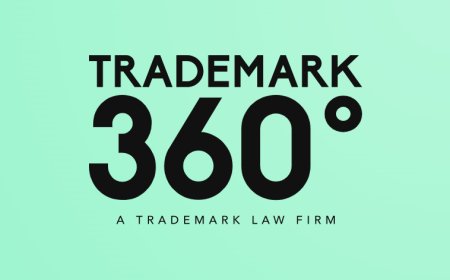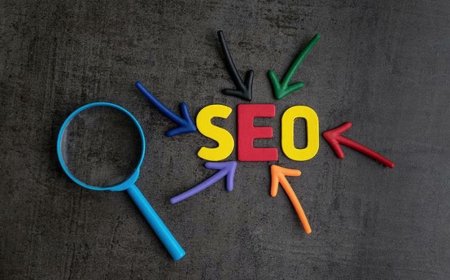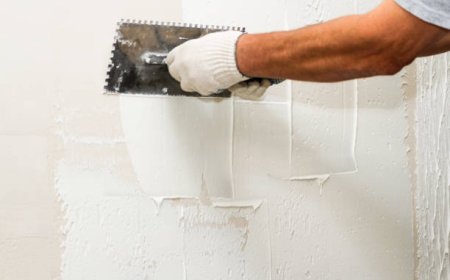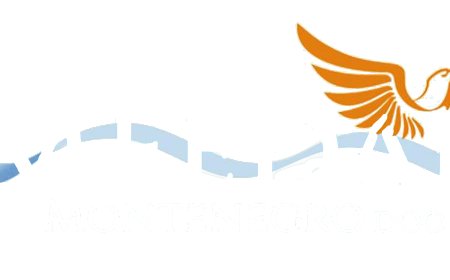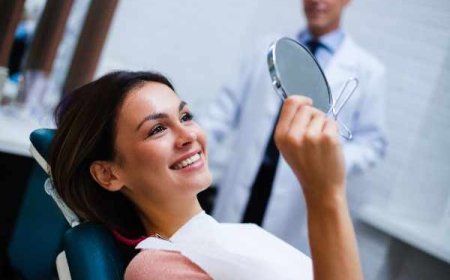Guide to Treating Hair Pulling Disorder: Comprehending and Getting Rid of Trichotillomania

Often misunderstood and seldom discussed, hair pulling disorder, also called trichotillomania, has a profound effect on those who suffer from it. You or a loved one who suffers from compulsive hair pulling should know that there are effective treatments available and that you are not alone.
This thorough guide examines trichotillomania's causes, signs, and most effective hair pulling disorder treatments. Our mission is to assist people in taking back control of their actions and emotional health by offering them hope, clarity, and practical solutions.
Hair Pulling Disorder: What is it?
The psychological disorder known as trichotillomania is characterized by intense cravings to remove hair, typically from the scalp, eyebrows, eyelashes, or other areas of the body. The DSM-5 classifies it under Obsessive-Compulsive and Related Disorders.
Many people consider hair pulling to be more than just a "bad habit." Anxiety, tension, boredom, or even pleasure can be the driving force behind this compulsive behavior. It can eventually result in noticeable skin damage, hair loss, embarrassment, and loneliness.
Typical Symptoms and Signs
The first step to recovery is identifying the signs of trichotillomania. These are a few typical signs:
Repetitively removing hair from the arms, pubic region, lashes, eyebrows, or scalp
bald spots or areas of thinning that are noticeable
Ritualistic actions (such as examining or teasing with a pulled hair)
Before pulling, tension increases, and after pulling, relief or satisfaction
Attempts to halt but a sense of helplessness
avoiding social situations because of hair loss
The fact that trichotillomania differs widely from person to person should not be overlooked. During stressful situations, some people may pull intentionally, while others may pull unconsciously.
What Leads to Trichotillomania?
Although the precise cause is still unknown, scientists think a mix of environmental, psychological, and biological factors contribute to trichotillomania:
Genetics: The risk may be raised by a family history of anxiety or OCD.
Brain Chemistry: Impulse control may be impacted by dopamine or serotonin imbalances.
Stress and Trauma: A lot of people report that their symptoms began when they were experiencing a lot of emotional stress or trauma.
Personality traits that are common include sensitivity to stress, low self-esteem, and perfectionism.
The Effect of Hair Pulling on Emotions
Hair pulling disorder has a significant emotional cost in addition to its physical consequences. Trichotillomaniacs frequently have:
Shame and guilt at not being able to stop
Fear of being accepted by others and one's appearance
Depression brought on by constant hardship and loneliness
Problems with confidence and low self-esteem
The cycle may be exacerbated by these emotional repercussions: stress causes pulling, which in turn causes shame, which in turn causes more stress.
Effective Remedies for Hair Pulling Disorder
Fortunately, there are ways to treat trichotillomania, and with the correct mix of counseling, lifestyle modifications, and occasionally medication, many people see notable improvements. The best ways to treat hair pulling disorder are broken down here:
1. Cognitive behavioral therapy (CBT)
Many people believe that CBT is the most effective treatment for trichotillomania. It assists people in recognizing and altering the thought processes and triggers that cause hair pulling.
Advantages: Recognize your emotional triggers
Create better coping strategies.
Raise awareness of the practice of hair pulling
2. Training to Reverse Habits (HRT)
HRT is a type of behavioral therapy that assists in substituting a less damaging behavior for hair pulling. It typically entails:
Awareness training: Recognizing and controlling cravings
Competing response: Using an alternate action (such as clenching fists or playing with a stress ball) in place of pulling
Relaxation methods: Lowering tension to lessen cravings
CBT and HRT are frequently combined for a more thorough approach.
3. ACT, or Acceptance and Commitment Therapy
Through ACT, people learn to accept their feelings and thoughts without acting upon them. It is particularly helpful in lessening the shame and guilt that frequently accompany trichotillomania.
By emphasizing values-based living, ACT supports individuals in pursuing worthwhile objectives despite discomfort.
4. Meditating and Being Mindful
People who practice mindfulness can improve their emotional control and become more conscious of their automatic behaviors. Techniques that promote calmness and lessen anxiety include body scans, mindful movement, and deep breathing.
5. Medicine
Medication may be useful in certain situations, particularly when trichotillomania co-occurs with anxiety or depression. Common choices consist of:
Serotonin Reuptake Inhibitors, or SSRIs, include fluoxetine (Prozac).
Clomipramine is a tricyclic antidepressant that has demonstrated efficacy.
A natural supplement called N-acetylcysteine (NAC) has demonstrated promise in lowering the urge to pull hair.
Typically, medication works best when combined with therapy rather than as a stand-alone treatment.
6. Online Communities and Support Groups
It can be incredibly healing to share your experiences with people who can relate to your struggles. Online or in-person support groups offer the following:
Motivation and affirmation
Useful guidance and recommendations
a feeling of belonging and community
Resources for finding support are available on websites such as the Trichotillomania Learning Center (BFRB.org).
7. Modifications in Lifestyle and Self-Care
Hair pulling disorder can be effectively managed by making small, regular adjustments to daily routines:
Sleep enough because fatigue impairs impulse control.
Consume a well-balanced diet: Healthy eating promotes brain function.
Keep moving: Physical activity elevates mood and lowers anxiety.
Reduce stress by practicing relaxation methods like yoga, writing in a journal, or enjoying relaxing music.
8. Using Barriers and Tools
Some people find that employing tools or physical barriers to deter pulling helps:
Putting bandages on your fingers or gloves on
Keeping hair covered or tied back
Using textured items or fidget toys as a diversion
Using nail polish with a bitter taste
Although these tools don't deal with the underlying cause, they can offer prompt assistance when things get urgent.
Children's and Teens' Treatment
Early intervention is crucial for trichotillomania, which frequently starts in childhood or adolescence. For younger patients, possible treatments include:
Engaging in play therapy
Parental participation in behavior plans
Age-appropriate methods of HRT or CBT
For a child to recover, it is essential to establish a supportive, nonjudgmental environment at home and at school.
Is it Possible to Treat Hair Pulling Disorder?
With the correct treatment plan, many people find long-term relief, even though there isn't a universal "cure." Reducing the frequency and intensity of cravings and creating a happy life outside of the disorder are the objectives.
It's acceptable to experience setbacks because recovery is not a straight line. The most important factors are self-compassion, perseverance, and support.
Knowing When to Get Help
If removing hair is:
Inflicting psychological distress
resulting in apparent skin damage or hair loss
disrupting your day-to-day activities
Now is the time to ask for assistance. Consult a certified mental health specialist who focuses on body-focused repetitive behaviors (BFRBs).
Concluding Remarks: You Are Not Alone
The prevalence of trichotillomania is higher than most people realize, and it's not a reason for shame. It's crucial to keep in mind that healing is achievable, regardless of whether you're going through a difficult time yourself or are helping someone else.
You can regain by hair pulling disorder treatment and live a happy, self-assured life with the help of peers and professionals, as well as evidence-based therapies like CBT, HRT, and ACT.

















